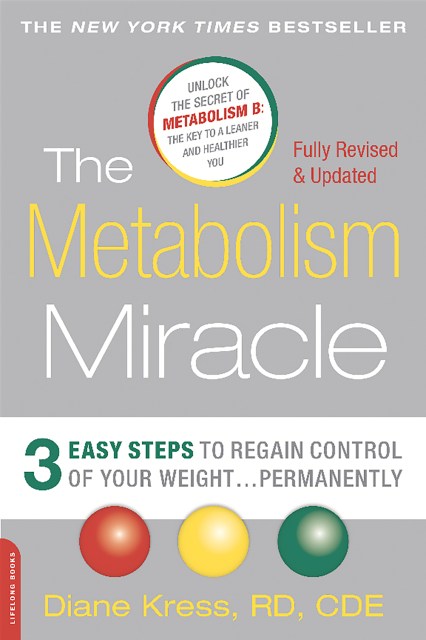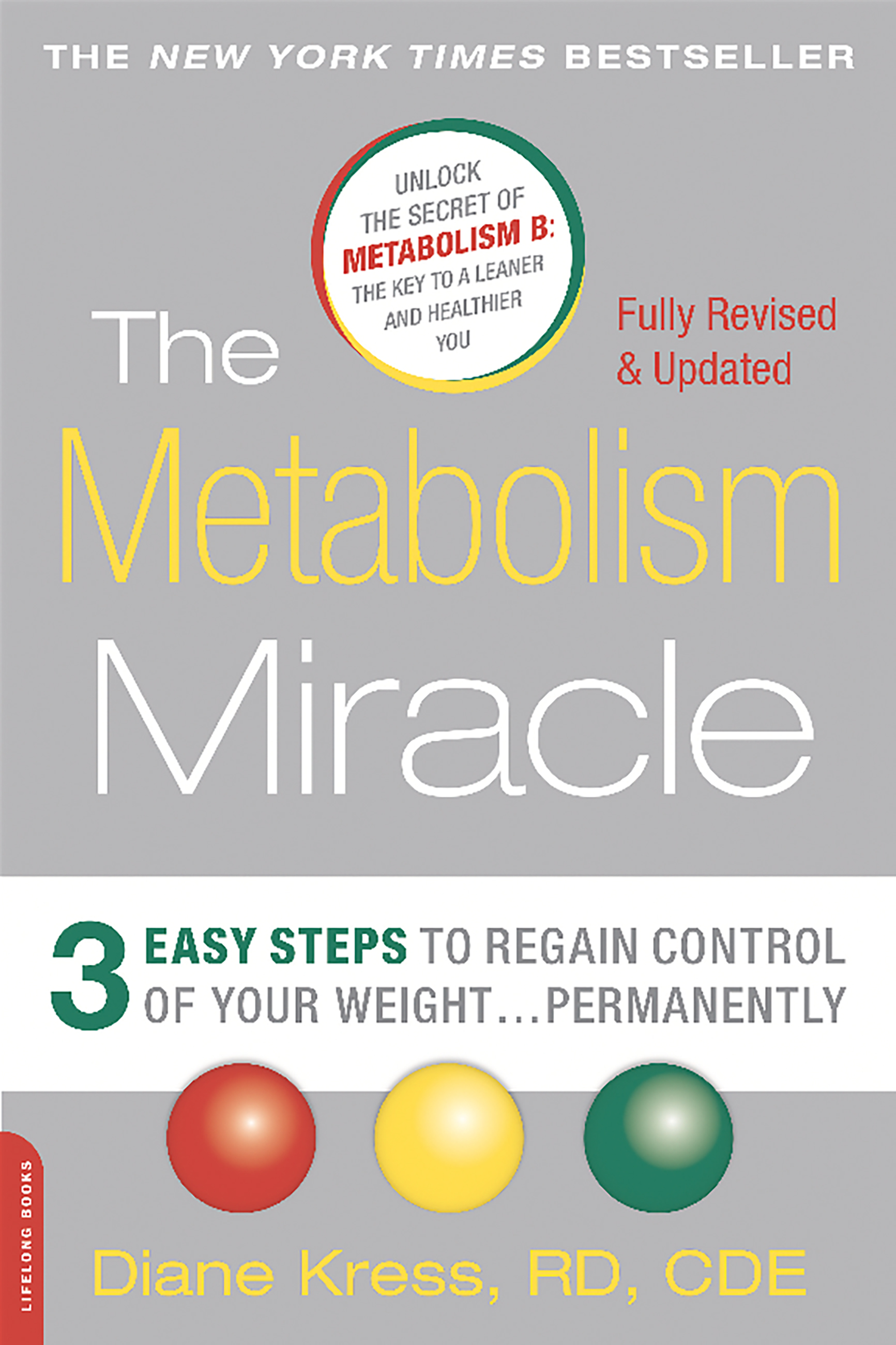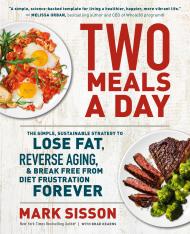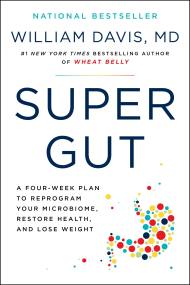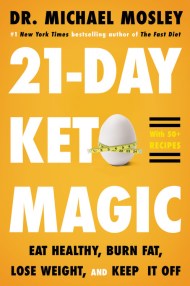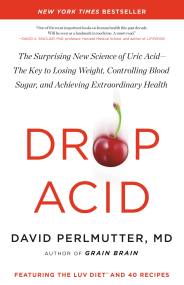Promotion
Use code MOM24 for 20% off site wide + free shipping over $45
The Metabolism Miracle, Revised Edition
3 Easy Steps to Regain Control of Your Weight . . . Permanently
Contributors
By Diane Kress
Formats and Prices
Price
$11.99Price
$15.99 CADFormat
Format:
- ebook (Revised) $11.99 $15.99 CAD
- Trade Paperback (Revised) $17.99 $22.99 CAD
This item is a preorder. Your payment method will be charged immediately, and the product is expected to ship on or around May 31, 2016. This date is subject to change due to shipping delays beyond our control.
Also available from:
Are you unable to lose weight on your past tried-and-true diets?
Do friends and coworkers eat more than you do but weigh less?
Do you have difficulty sleeping and wake up exhausted in the morning?
Do you crave bread, pasta, chips, and sweets and go overboard eating them?
There is a reason that some people can eat all they want and never seem to gain a pound while others count every calorie, exercise, and can’t lose an ounce. If you answered “yes” to any of the questions above, you may be one of the millions of people — an estimated 60% of dieters — who have Metabolism B. This inherited hormonal imbalance causes your body to overprocess carbohydrate foods into excess body fat.
As someone who personally struggled with Met B, registered dietitian Diane Kress knows the frustration of diets that won’t work. In The Metabolism Miracle, she shares her scientifically based three-step solution that corrects hormonal imbalance, stabilizes blood sugar, and reprograms your metabolism to increase your energy and melt away fat. Now this life-changing guide is completely revised to be even easier to follow, with:
The latest research on carbohydrates and metabolism and the science behind why other diets stop working for those with Metabolism B
Updated food lists for each step and information on new products and ingredients
100 recipes, including 50 brand-new dishes
Inspiring real-life success stories from people just like you
Thousands of people have reached and maintained their desired weight and enjoy improved health and wellness with this revolutionary program. Now it’s your turn to live and enjoy the Metabolism Miracle lifestyle.
Genre:
- On Sale
- May 31, 2016
- Page Count
- 392 pages
- Publisher
- Da Capo Lifelong Books
- ISBN-13
- 9780738218915
Newsletter Signup
By clicking ‘Sign Up,’ I acknowledge that I have read and agree to Hachette Book Group’s Privacy Policy and Terms of Use
